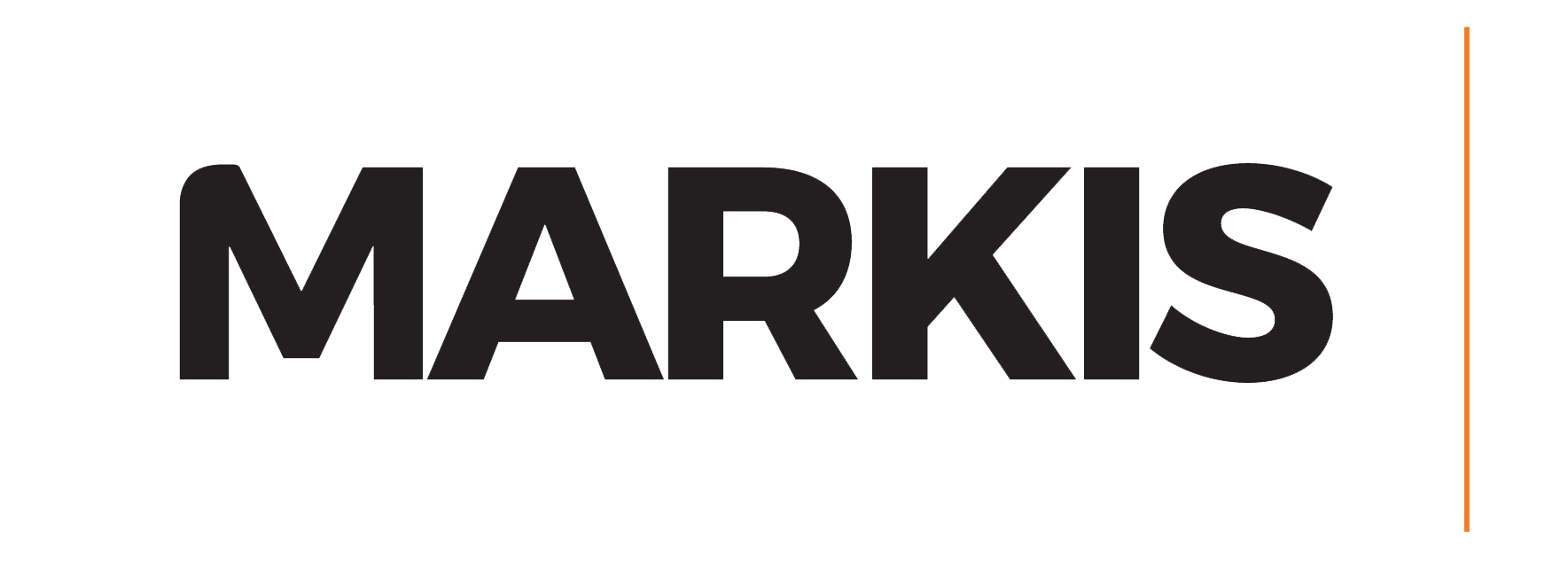Version control
Version control involves a process of naming and distinguishing between a series of draft documents which lead to a final (or approved) version, which in turn may be subject to further amendments.
It provides an audit trail for the revision and update of draft and final versions.
Benefits
Version control is important for documents that undergo a lot of revision and redrafting and is particularly important for electronic documents because they can easily be changed by a number of different users. These changes may not be immediately apparent. Knowing which version of a document you are looking at is important, for example, if you are trying to find out which version of a policy is currently in force, or which version of a policy was in use at a particular time. Version control is also important if you are working on a collaborative document with a number of contributors and/or with frequent revisions.
Traceability
When creating and developing documents such as formal policies or project documents version control allows you to identify the development of the document e.g. many versions of a draft and final policy, over a prolonged period. This allows traceability – retention of drafts and detail of changes made, often as a result of contributions from multiple collaborators within document development, the order of changes, and a record of those versions of documents regarded as final and/or approved by relevant groups or individuals.
Identifiability
It is possible to link documents to decisions, contributions, contributors, and time. All documents should also be identifiable by filename, author, and date.
Clarity
Multiple versions of documents can be distinguished, and the latest version identified.
Reduced duplication
Old/multiple and potentially out of date/misleading hard copies can be destroyed. Definitive versions may be stored in a given physical and/or electronic storage location.
Reduced errors
Readers are less likely to be misled through access to multiple and conflicting document versions. Definitive versions of significant documents should be given read-only status to general readership, allowing changes to be controlled.
How does version control work?
Version control should be used where more than one version of a document exists, or where this is likely to be the case in the future. To aid identification of single version documents follow naming conventions and a creation date may be added as a useful identifier.
You should follow a Version Control Chart![]()
- To ensure identifiability version information should be included as part of both the file name, and within the document itself, alongside the date, author and filename (or full file path).
- Each successive draft of a document is numbered sequentially from 0-1, 0-2, 0-3… until a finalised or approved version is complete (although full stops will be used ordinarily within numbering, dashes are shown here e.g. 0-1 to indicate how numbering should be applied to electronic filenames).
- The first final/approved version should be numbered 1-0.
- If version 1-0 is revised, drafts are numbered as 1-1, 1-2… until version 2-0 is complete, and so on.
Version control table
It is appropriate to also use a version control table for formal University procedures, policies, strategies and project documentation. This provides further details of what changes were made to a document, when and by whom. It can be added at the beginning or end of the document itself.
The version control table (example below) is updated each time a change is made to a document.
It details:
- new version number
- person making the change
- purpose of the change or the change itself
- date of the change
Example version control table
| Version Number | Author | Purpose/Change | Date |
|---|---|---|---|
| 0-1 | Jackie Wilson, Project Manager | Initial draft – to line manager | 12/07/2011 |
| 0-2 | Jackie Wilson, Project Manager | Consultation draft – to working group | 21/08/2011 |
| 0-3 | Jackie Wilson, Project Manager | Second consultation draft – to working group | 08/10/2011 |
| 1-0 | Jackie Wilson, Project Manager | Final version – approved by Project Board | 18/11/2011 |
| 1-1 | Jackie Wilson, Project Manager | Revision of project roles | 20/01/2012 |
| 1-2 | Jackie Wilson, Project Manager | Approved by Project Board | 01/02/2012 |
Acknowledgements
This content was written with reference to guidance provided by University of Edinburgh, University of Glasgow, and the National Institute of Dental and Craniofacial Research.

